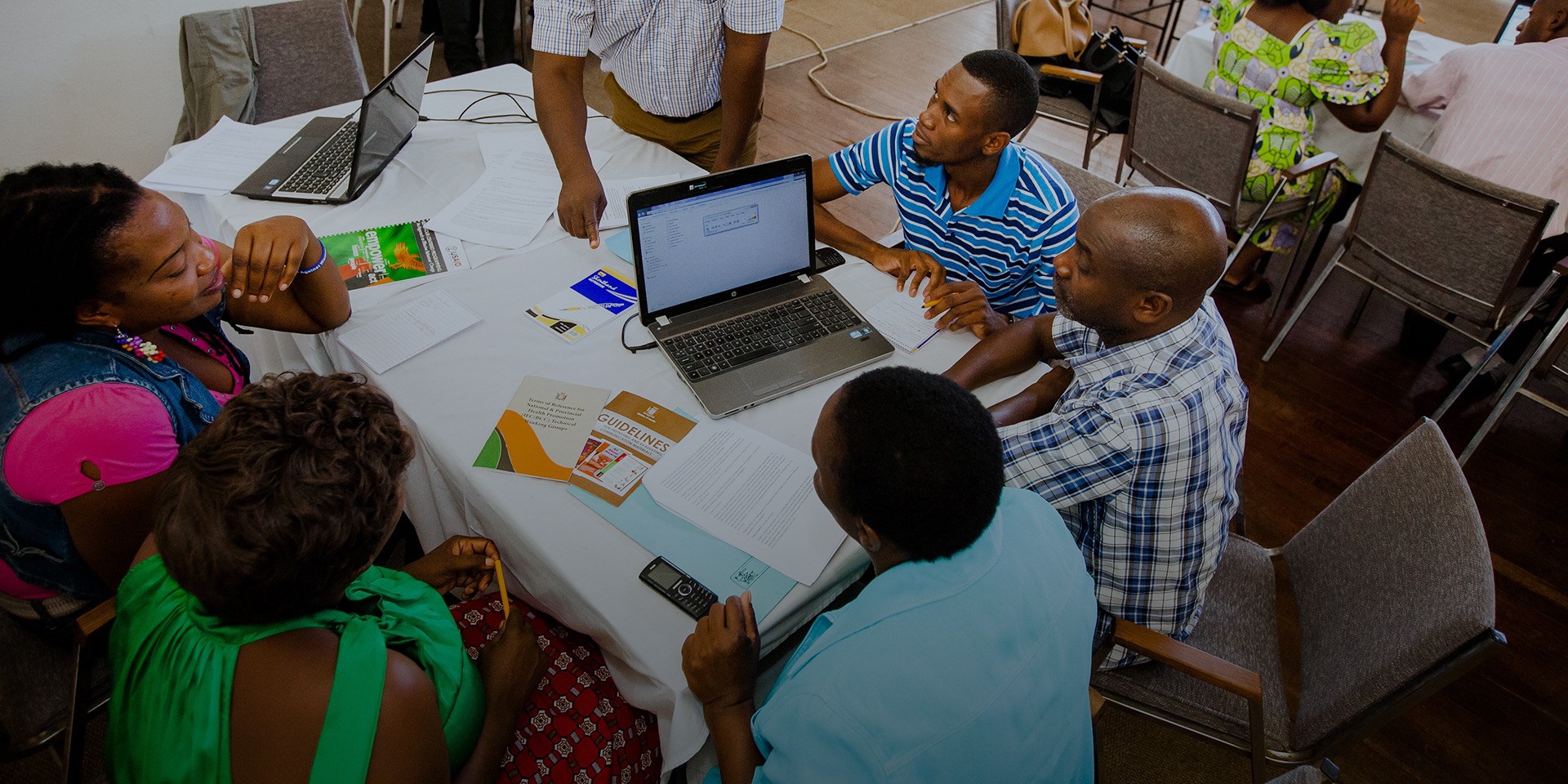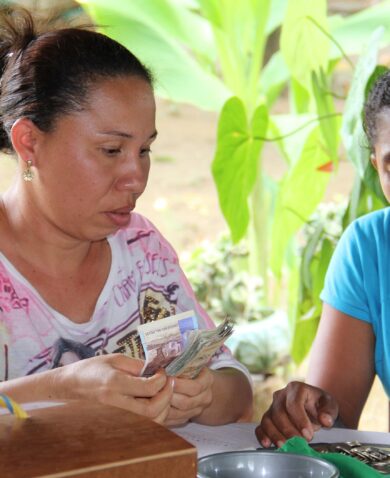
The “Do You Believe Me?” Test for Choosing Indicators
May 15, 2018 | 3 Minute ReadHow can you know if you have selected the right indicator? Directors Kasia Kedzia and Chris Gegenheimer share a simple rule of thumb.
Most development practitioners know what an indicator is. It measures a particular characteristic or dimension of strategy-, project-, or activity-level results. It is meant to tell you (i.e. indicate), how far or close you are to your identified result. For example, if you are trying to lose weight, your indicator is your daily weight according to a scale. Your interventions might include eating better and getting more exercise. To give a development example, if your result is basic education strengthened, an indicator would be improvement in students’ reading test scores.
Yet, finding the right indicator to measure progress toward a given result can be hard. One reason for this is that some results can’t be achieved until lower-level results are achieved first. For example, you may need to purchase equipment. For a reading program, you might need to develop a curriculum in a local language before you can train teachers. In this example, both are capacity building but at different levels.
Tips for Selecting Quality Indicators
There are several questions we should ask ourselves when grappling with identifying quality indicators.
- Is it an output- or an outcome-level indicator? Indicators should measure outcomes at different levels, not just outputs. One cannot adequately measure progress towards a meaningful result with output indicators alone. Output indicators measure the degree of completion, the quality of the process, or the immediate product of an activity. For example, number of training sessions completed, number of hectares planted, or number of people vaccinated. In contrast, outcome indicators measure higher-level change from applied interventions such as change in behavior or improved health. For example, after increasing the percentage of vaccinated people in a population, an outcome indicator would measure the decrease in cases of tuberculosis.
- Will it make sense to most people? Another thing to pay attention to is that the indicators make sense to most people. For example, don’t include technical jargon or convoluted sentences when designing the indicators unless absolutely necessary. The clearer the indicator, the easier it will be to collect the right data and make sure that data is consistent throughout the life of the project.
- What is the timeframe? Choose indicators sensitive to change within a specific timeframe. For example, when measuring the number of people trained, quarterly could be a reasonable timeframe. Yet when addressing behavior change, a timeframe of six months may not be sufficient to measure the intended outcome.
- Is it the right indicator to measure progress toward my result? This is the most important question. To answer it, use the exercise below.
The “Do You Believe Me?” Test
To develop the right indicator, start with the result. Indicators should clearly and adequately represent the intended results of the interventions. Think of it like the “do you believe me?” test. In order to test whether or not the indicator makes sense, complete the sentence: “Do you believe that [insert result] because [insert indicator].”
For example, “Do you believe that oral hygiene was improved because 400 pamphlets were distributed?” If the answer is no, then the indicator is not a good measure of the result. It is a perfectly fine measure for a result about sharing information but is not the best indicator to prove that the result of improved oral hygiene was achieved.

Another example is, “Do you believe that farmers have improved livelihoods because 80 percent have adopted improved practices?” Well, I certainly can see the connection, but that by itself doesn’t convince me. Farmers have to adopt practices in order to improve their livelihoods, but by itself that isn’t adequate to demonstrate that livelihoods have been improved. This might be a “necessary but not sufficient” indicator.
Here is another indicator that needs tweaking: “Do you believe that the budgeting process in a district is more inclusive because we have trained 100 government employees on the budgeting process?” Training participants on the process is not a direct measure of inclusion, which is the desired result. A better fit would be, “Do you believe that transparency of key public-sector institutions has increased because a number of regulatory processes changed as a result of input during public hearings?” Yes, that’s more direct.
Here is a final example: “Do you believe that business development among targeted firms has been strengthened because 20 targeted firms saw an annual increase in revenue of at least 5 percent?” Yes, in this case you are measuring the direct outcome of your interventions.
Remember, even a well-constructed indicator may not be the right one to prove your accomplishment. The “do you believe me?” test helps one to pause and ask, “What is the change that I am trying to measure progress toward and is it the most direct measure of said change?” Try for yourself; take a few of your results statements and the indicators you may have identified and ask, “Do you believe me?”










